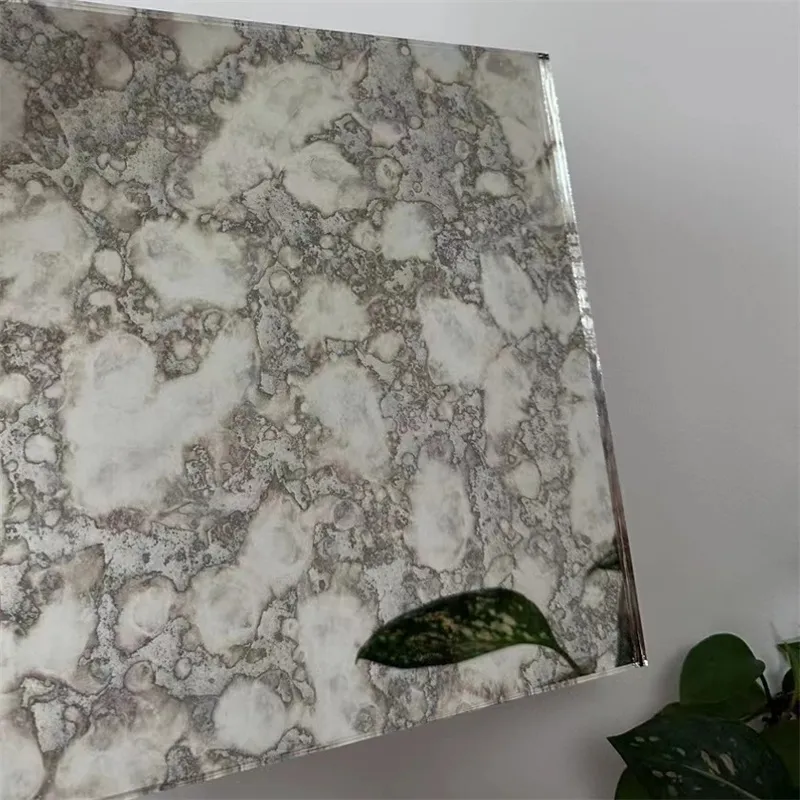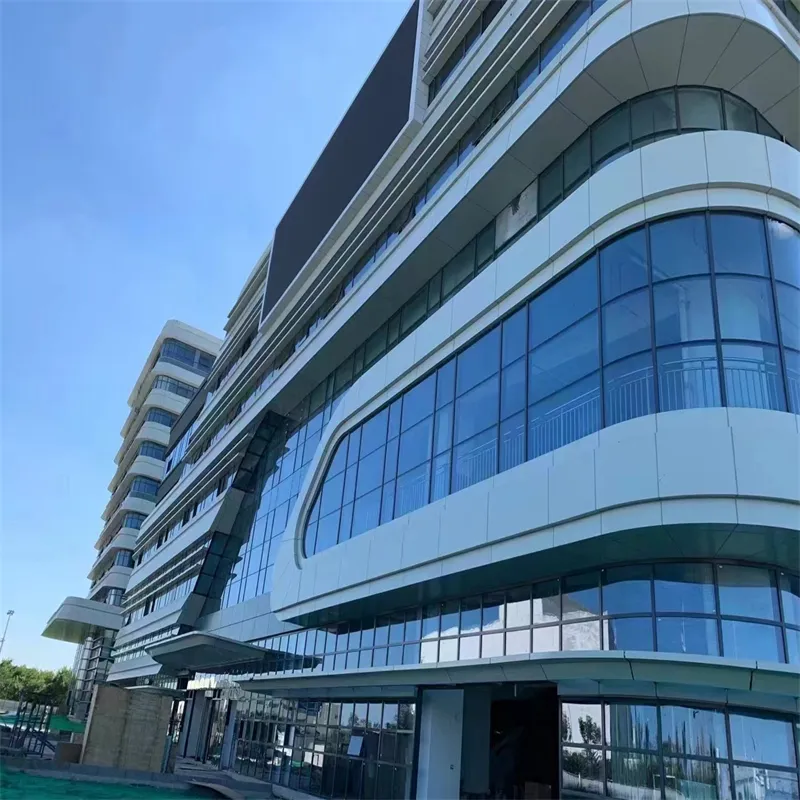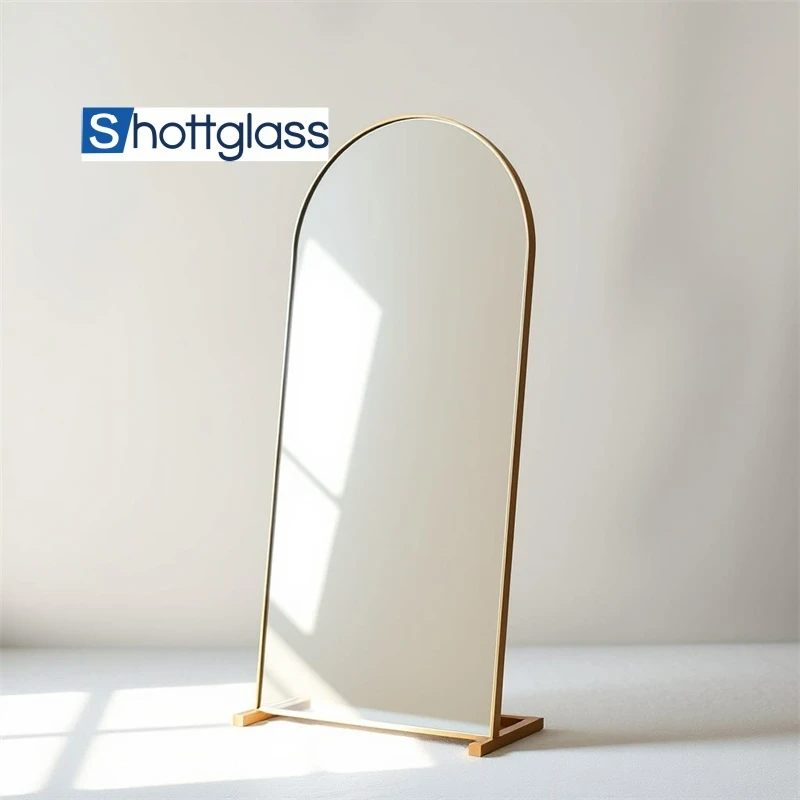Jun . 07, 2025 18:03 Back to list
Types of Float Glass Durable Varieties & Applications

(types of float glass)
Exploring the Diverse Types of Float Glass
This comprehensive guide examines float glass variations and their specialized applications across industries. We'll cover:
- Market impact and global production data insights
- Technical properties of standard float glass compositions
- Performance comparison of safety glass varieties
- Leading manufacturers' capability analysis
- Custom processing techniques and solutions
- Industry-specific application case studies
- Selection criteria for architectural and industrial projects
Market Impact and Production Metrics
Global float glass production reached 130 million metric tons in 2023, with architectural applications consuming 72% of total output. The automotive sector accounts for 23% of specialty glass demand, while electronics manufacturing requires the remaining 5%. Asia-Pacific dominates manufacturing with 65% market share, primarily driven by China's 120 float glass production lines operating at 92% capacity. Emerging markets show 8.7% annual growth in laminated glass demand, outpacing the overall construction material sector's 4.3% expansion. Energy efficiency regulations continue driving innovation, with low-E glass installations increasing by 34% since 2020 across commercial projects.
Fundamental Composition Variations
Standard float glass formulations consist primarily of silica sand (73%), soda ash (13%), and limestone (9%), but specialized variants incorporate additional components. Low-iron glass reduces iron oxide content below 0.01%, achieving 92% visible light transmission compared to 84% in standard panels. Solar control glass integrates metallic coatings that reject 40-60% of infrared radiation while maintaining 70% VLT. Sound reduction compositions feature PVB interlayers that attenuate 35-50dB depending on thickness. Self-cleaning variants apply photocatalytic nanocoatings that decompose organic matter under UV light, reducing maintenance costs by 85% in high-rise applications. Each formulation requires precise viscosity control during the float process, maintaining temperatures between 1,050°C and 1,200°C across the tin bath.
Safety Glass Performance Comparison
| Property | Annealed Float Glass | Heat-Strengthened | Fully Tempered | Laminated |
|---|---|---|---|---|
| Surface Compression (PSI) | 0-2,500 | 3,500-7,500 | ≥10,000 | N/A (interlayer) |
| Impact Resistance (Joule) | 1.2 | 3.7 | 9.5 | 13.8 |
| Thermal Shock Threshold (°C) | 40 | 120 | 200 | 65 |
| Breakage Pattern | Sharp shards | Medium fragments | Small cubes | Adhered to interlayer |
| Acoustic Reduction (dB) | 29 | 31 | 33 | 42 |
Heat soaking reduces nickel sulfide inclusion failure rates to less than 0.002% in thermally treated glass. Automotive windscreens now incorporate HUD-compatible laminates with 0.3mm wedge-shaped PVB for distortion-free projection.
Global Manufacturer Capabilities
Leading float glass producers have developed distinct specialization strategies. Saint-Gobain dominates architectural solutions with 28% market share in energy-efficient products, offering solar control glass that reduces HVAC loads by 30%. Guardian Industries excels in automotive supply, manufacturing 18 million automotive glass units annually. NSG/Pilkington maintains leadership in high-performance coatings, producing magnetron-sputtered layers achieving 0.03 emissivity ratings. Chinese manufacturers like CSG Holding focus on high-volume commodity float glass, operating 8.5 million ton annual capacity. Technological differentiation occurs through proprietary melting techniques, with advanced oxy-fuel furnaces reducing energy consumption by 15% versus traditional designs. Most tier-one suppliers offer chemical strengthening services achieving surface compression up to 100,000 PSI for electronics applications.
Custom Processing Solutions
Post-production treatments expand functional possibilities beyond basic float glass. Digital ceramic frit printing enables 15% solar heat gain coefficient reduction with custom patterns matching architect specifications. Acid etching creates uniform 25-65% haze levels for privacy applications without light transmission reduction. Sandblasting produces matte finishes from 120 to 600 grit textures. For high-end applications, screen-printed conductive silver lines enable defrosting functionality melting 1.5mm ice accumulation in 8 minutes at -20°C. Vacuum insulated glazing units incorporate 0.2mm pillars maintaining 0.7W/m²K U-values in 14mm total thickness. Recent innovations include electrochromic glazing that transitions from 60% to 5% VLT in 4 minutes with 5V power application, reducing building cooling loads by 28% in desert climates.
Industry-Specific Application Cases
Solar energy installations increasingly use anti-reflective coated float glass that achieves 96% transmission in PV modules, boosting efficiency by 4.2%. Pharmaceutical facilities utilize borosilicate compositions meeting USP 660 standards with 33x lower thermal expansion than soda-lime glass. High-rise structures now implement laminated units with 2.3mm SentryGlas® ionoplast interlayers providing hurricane resistance at 1/3 traditional thickness. Museum installations employ UV-filtering laminated glass blocking 99% of ultraviolet radiation while maintaining 97 CRI accuracy. Automotive panoramic roofs integrate acoustic PVB layers reducing cabin noise by 6dB at highway speeds. Fire-rated applications incorporate Georgian-wired glass sustaining integrity for 90 minutes at 850°C, with ceramic solutions extending protection to 120 minutes.
Selecting Appropriate Types of Float Glass
Material selection requires evaluating five critical parameters: structural load requirements, safety regulations, environmental exposure, aesthetic goals, and lifecycle costs. For high-traffic commercial entrances, minimum 8mm laminated glass provides necessary impact safety. Solar-intensive climates demand low-E coatings with SHGC below 0.25. Historical building renovations often require specialty replication of antique float glass distortions using cylinder sheet methods. When security concerns exist, burglar-resistant glazing incorporates 3-5 polycarbonate layers achieving RC2 certification. Thermal stress analysis remains crucial for point-supported glazing to prevent nickel sulfide failures. Future innovations include vacuum insulated glazing achieving 0.4W/m²K conductivity and integrated photovoltaic cells with 15% energy capture efficiency. Always consult manufacturer testing data ensuring compliance with ASTM E1300, ANSI Z97.1, and EN 356 standards specific to each float glass application.

(types of float glass)
FAQS on types of float glass
FAQs on Types of Float Glass and Related TopicsQ: What are the main types of float glass?
A: The primary types include annealed float glass (standard, untreated glass), tempered float glass (heat-treated for strength), and laminated float glass (layers with PVB interlayer for safety). These offer varying levels of durability and safety for applications like windows or doors.Q: How does tempered glass differ from annealed float glass?
A: Tempered glass is heat-treated to increase strength and break into small, harmless cubes. Annealed float glass, the untreated base type, shatters into sharp shards when broken. This makes tempered glass ideal for safety-critical areas like shower screens.Q: What varieties exist for toughened glass types?
A: Toughened glass varieties include heat-strengthened glass (moderately strong) and fully tempered glass (high-impact resistant). Both types provide enhanced safety over standard glass, commonly used in buildings or vehicles to minimize injury risks.Q: Are there distinct categories for types of tempered glass?
A: Yes, tempered glass types include regular tempered (standard heat treatment) and heat-soak tested (to reduce spontaneous breakage). They are classified based on strength levels and applications, such as skylights or glass doors.Q: Why choose laminated float glass over other types?
A: Laminated float glass offers superior safety by holding shards together after impact, reducing injury risks. It combines the clarity of float glass with a bonded interlayer, making it suitable for hurricane-prone zones or balconies.-
Chemically Strengthened Glass vs Tempered Glass
NewsJul.18,2025
-
Custom Frosted Glass Applications
NewsJul.18,2025
-
What’s the Difference Between Obscure Glass and Frosted Glass?
NewsJul.18,2025
-
Bullet Resistant Glass Levels
NewsJul.18,2025
-
Silver Wall Mirrors for Living Room
NewsJul.18,2025
-
Bullet Resistant Glass Definition
NewsJul.18,2025
Related PRODUCTS














